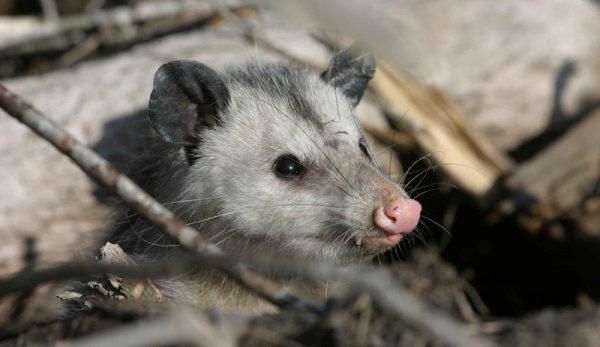
With warm weather here to stay, we’re all out and about on our farms. Wildlife is, too, including some pests we’d rather not see up close and personal in the barn.
Here are some tips for preventing critters from making a home in your barn.
Mighty Mammals
To best discourage any type of uninvited species from setting up camp in your barn, keep the following key theme in mind:
Wildlife in unexpected locations is typically looking for one of two things—food or shelter/nesting location. The tips discussed here focus primarily on decreasing these features to thereby discourage pests.
While some mammalian pests can be destructive (rodents, I’m looking at you here), wild animals can also spread disease to both your domesticated livestock in the barn and you. Rabies is a major hazard with roaming wildlife in the U.S.
Skunks, raccoons, fox and bats are top carriers of this lethal virus. For this reason alone, you should remain vigilant against unwanted pests in your barn. (Also remember to have your veterinarian annually vaccinate your animals against rabies).
Opossums deserve a special shout-out, as they also spread protozoa in their feces that cause equine protozoal myeloencephalitis (EPM), a debilitating neurological disease in horses.
Keep feed closed in sturdy containers, preferably clean metal containers with tight-locking lids. Even better, keep feed in a different building—hay and straw, too.
Clean feed spills when you see them, even in stalls. Remove discarded feed and other trash daily if possible, or have a tamper-proof trash can. Again, metal with a tight lid is best.
Remove clutter as best you can as this decreases nesting sites. Rodents in particular like dark, dank places. Keeping your barn well lit and well drained is helpful.
Don’t forget to keep the weeds whacked that grow against the barn structure. Tall weeds and underbrush provide convenient hiding and nesting places. They also cover up small entrances into the barn that otherwise should be patched.
If you have these pests in your chicken coop, you need to get them out now
Make Birds Take Flight
It’s not news to anyone that bird droppings inside a barn are a huge mess. They can also cause damage to equipment, contaminate feed and water and spread disease. Birds can be destructive, too, depending on the species.
Before talking about bird prevention, though, please note: In the US, all birds are protected by state and/or federal law except pigeons, house sparrows and European starlings.
This means it is illegal to kill any other bird species without a special permit. Talk to your local DNR (Department of Natural Resources) office for more information if you have serious issues with a bird infestation on your property.
Making your barn un-inviting to birds is the best preventative action to help avoid unwanted roosting. Perch repellents, also called porcupine wires, can be placed on structures in and on your barn where birds typically roost, such as flat over-hangs and rafters.
Covering the undersides of rafters in the ceiling with netting also helps prevent birds from flying up there in the first place.
If you keep barn doors open wide in warm weather for ventilation, you may want to consider hanging heavy plastic strips vertically in the door frames to help prevent bird entry into the barn.
Decoys, usually of owls or hawks, sometimes scare off birds from barns, though with variable success. Another scare tactic that is often more successful but a little more involved is the setting up of bird sound deterrents.
These are audio recordings of predator calls, such as hawks, used to scare smaller birds away. The recordings require a power source and sometimes an amplifying system.
Also be aware you’ll hear the calls, too.
Here are some more tips for humanely getting rid of unwanted wildlife on the farm.
Prevention Is Best
While these precautions serve to make readers aware of the need to discourage pests from infiltrating the barn, this should be done in a humane manner.
Baits/traps are not discussed here as their use is very location-specific and their use depends on the target species involved. They can also harm unintended (nontarget) species and may result in inhumane deaths.
Farmers are encouraged to discuss any infestation issues with local animal control and/or DNR personnel.




